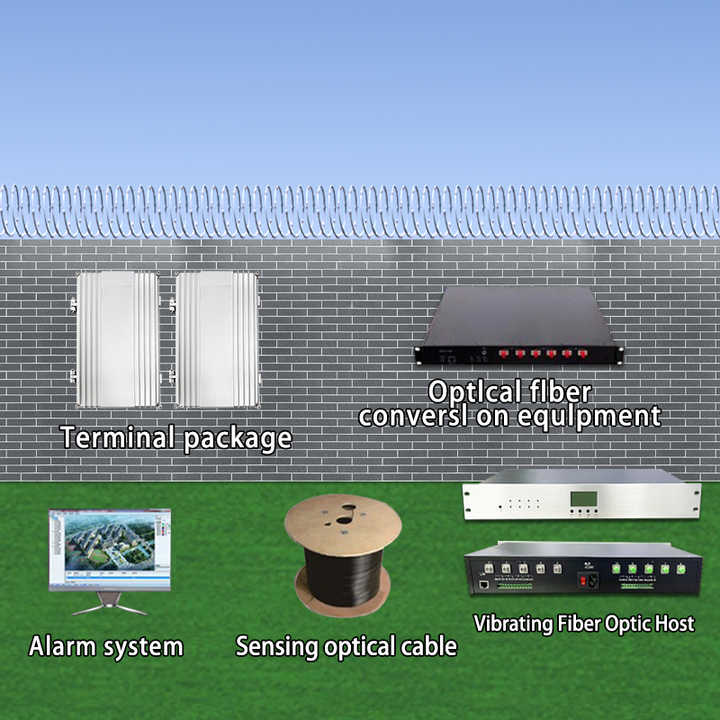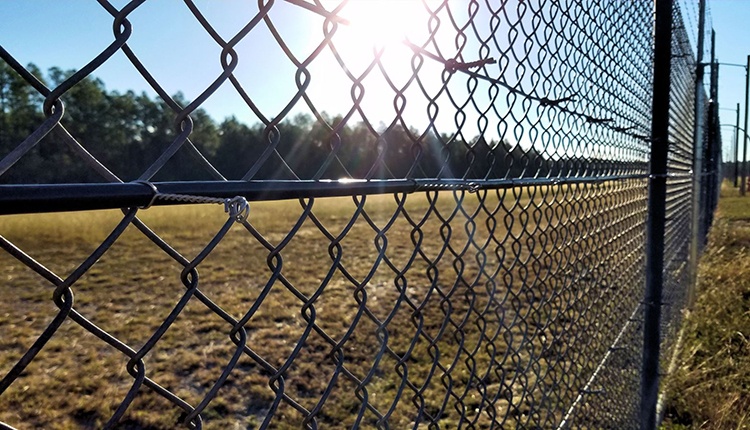Top Reasons a Fiber Security System Outperforms Traditional Security Networks
Top Reasons a Fiber Security System Outperforms Traditional Security Networks
Blog Article
The Ultimate Overview to Fiber Optic Safety Solutions for Your Business
In a period where protection concerns are paramount for services, recognizing the ins and outs of fiber optic modern technology can be transformative. This guide details how integrating fiber optic safety and security systems not only boosts information security however also uses benefits like resistance to interference and real-time surveillance capacities. As companies review their protection needs, it ends up being crucial to take into consideration the installment process and the most up to date advancements in the field. What certain variables should be focused on when picking the right system, and just how can companies ensure they make one of the most informed options?
Understanding Fiber Optic Innovation

The core of a fiber optic cable television is composed of a thin glass or plastic center, bordered by a cladding layer that reflects light back into the core. Single-mode fibers are developed for long-distance transmission, while multi-mode fibers are ideal for shorter distances, usually used within buildings.
Optical fiber are not only faster yet also extra protected than typical wiring. Their fundamental resistance to electro-magnetic disturbance and the difficulty of taking advantage of the signal without discovery make them a recommended option for businesses prioritizing data stability and protection. As companies increasingly depend on safe and reliable communication systems, understanding fiber optic innovation ends up being important for notified decision-making.
Key Advantages of Fiber Optic Safety And Security
When thinking about safety options for a service, the benefits of fiber optic systems are especially engaging. Most importantly, fiber optic modern technology supplies remarkable data transmission speeds and bandwidth capability, making it optimal for taking care of high-resolution video feeds from monitoring video cameras. This ability guarantees that safety and security personnel obtain real-time data, boosting total action times to potential security risks.
Furthermore, fiber optic cables are naturally resistant to electromagnetic interference, which can endanger the stability of traditional copper-based systems. This resistance guarantees that the data sent continues to be safe and continuous, offering a much more trusted protection facilities. In addition, optical fiber are much less vulnerable to physical damages, as they are made from glass instead than steel, reducing upkeep costs and downtime.
An additional significant benefit is the enhanced scalability of fiber optic systems. As business demands advance, fiber networks can be quickly broadened to accommodate added safety and security tools without significant overhauls to the existing infrastructure. Finally, fiber optic systems use improved cybersecurity attributes, consisting of security abilities that secure delicate information from unauthorized accessibility. Jointly, these benefits make fiber optic protection systems a robust option for organizations seeking to enhance their safety measures.
Installment Refine and Factors To Consider
Taking into consideration the intricacies included, the setup process see this of fiber optic security systems needs mindful preparation and implementation. The first step entails a thorough website evaluation to determine optimal places for cabling and equipment. This assessment must take into consideration ecological aspects, existing infrastructure, and potential susceptabilities.

In addition, the installation must abide by local building codes and sector standards. This may include collaborating with various stakeholders such as building supervisors, IT teams, and protection employees to guarantee seamless integration with existing systems.
Post-installation, rigorous screening is required to confirm system performance and determine any kind of issues that may occur. By prioritizing these considerations throughout the setup process, services can make certain a durable and effective fiber optic protection system that meets their specific safety requirements.
Newest Developments in Fiber Optic Safety
Current developments in fiber optic innovation have dramatically enhanced the capacities of safety and security systems for organizations. Among one of the most significant advancements is the assimilation of fiber optic sensing units that can spot vibrations and breaches along the boundary of a center. These sensors provide real-time tracking, allowing rapid feedback to potential breaches.
Additionally, the development of dispersed home fiber optic picking up innovation enables the constant surveillance of huge areas with a single fiber wire. This technique not only lowers setup prices however also improves the integrity of monitoring systems by removing the need for multiple, different sensing units.
In addition, developments in multiplexing strategies have made it possible for businesses to transfer huge quantities of data over fiber optic networks, enhancing the capabilities of video clip security systems. High-definition video feeds can currently be sent over fars away without loss of high quality, ensuring that safety personnel have access to clear and workable information.
Last but not least, making use of expert system (AI) together with fiber optic systems is revolutionizing hazard discovery. AI algorithms can analyze information from fiber optic networks to recognize uncommon patterns or habits, permitting for aggressive safety and security procedures. These developments collectively stand for a substantial jump forward in fiber optic protection modern technology.
Choosing the Right System for Your Service
Selecting the suitable fiber optic protection system for your business is critical for making sure optimum defense and satisfaction. To make an enlightened choice, analyze your certain security requirements, taking into consideration aspects such as the dimension of your properties, the nature of your operations, and possible susceptabilities.
Begin by evaluating the degree of protection called for; for example, high-risk settings might require advanced systems with integrated security and breach detection abilities. Next, take into consideration scalability; as your service grows, your safety system need to be capable of increasing to fit raised needs without significant overhauls.
Furthermore, check out the integrity and performance of various systems. Look for providers with recognized online reputations and customer testimonials that vouch for their service quality. It's additionally advisable to ask about the technology's compatibility with existing infrastructure, ensuring a seamless integration procedure.
Final Thought
In conclusion, fiber Click This Link optic protection systems provide a robust solution for boosting company protection facilities. The most recent advancements additionally boost the effectiveness of these systems, ensuring that organizations continue to be protected and versatile in an ever-evolving risk landscape.
Report this page